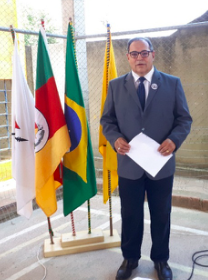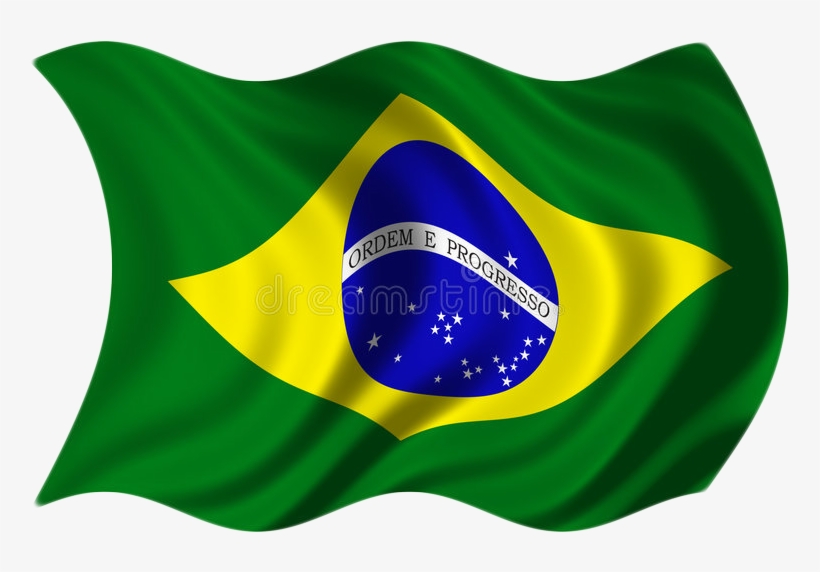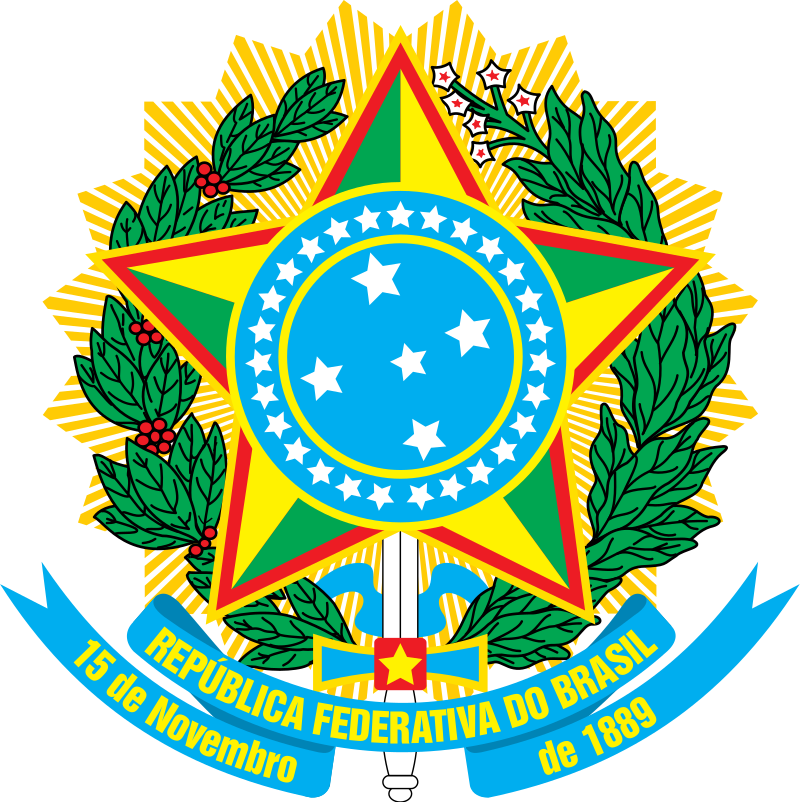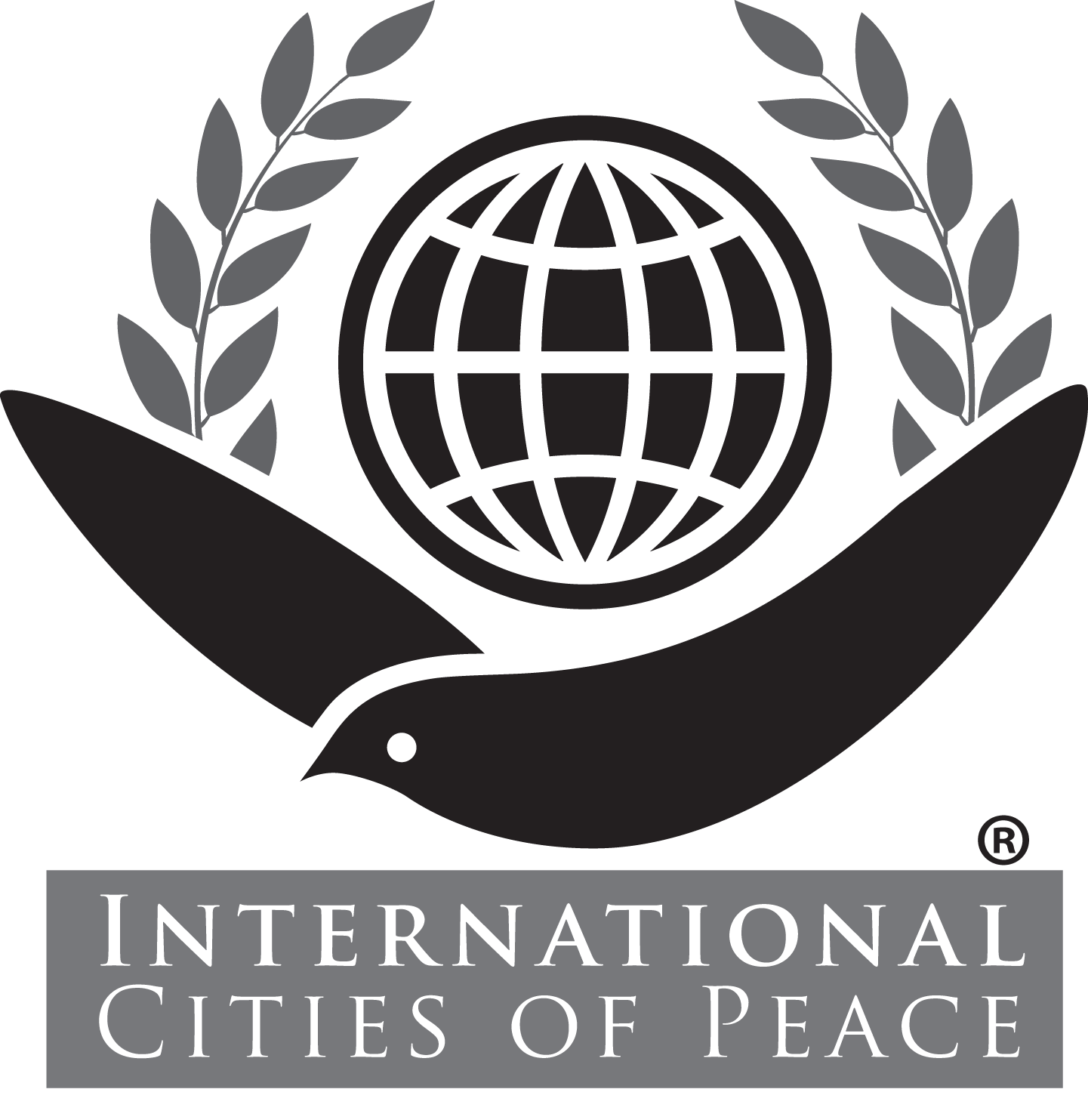Viamão, Rio Grande do Sul, Brazil: International City of Peace
We welcome Educator Jorge Wolnei Gomes who with his colleagues have established Viamão, Rio Grande do Sul, Brazil as an International City of Peace. Sergeant Manoel Raymundo Soares is a Municipal Elementary School in the City where Jorge is a teacher. The School has many Peace School Projects, including the Universal Circle of Little Ambassadors for Peace and the Ambassadors for Peace programs. One of their motivations is to involve school members in actions that promote a culture of peace and non-violence in the school environment.

Note: Introduction page with information primarily at the time of joining International Cities of Peace. For updates, please contact the liaison.

Municipal Elementary School
Sergeant Manoel Raymundo Soares
Peace School Project
Universal Circle of Little Ambassadors for Peace
Ambassadors for Peace

Direction: Cristiane dos Santos
Vice–Director: Lindinalva Souza
Pedagogical Coordinator: Tamys Carbone
Advisor: Claudia Souza da Silva

The project started on September 21, 2016, on World Peace Day. Students from kindergarten to 9th grade, cultivate peace. 32 teachers and staff cultivate peace. Through the project, the rescue of values crucial to the formation of human beings was accomplished.

Activities developed by the school community in conjunction with:
- Universal Circle of Ambassadors for Peace
- Cultural Educational Center and Corporate University Saint Germain – Porto Alegre.
Activities developed weekly and culminate in the events of the municipal calendar common to all schools together with the community. Each action, turns a page for the School of Peace Book, which will run the world alerting each manager about its mission and its potential reach.
Peace School Project
Universal Circle of Little Ambassadors for Peace
Ambassadors for Peace
Audience: Garden to the 9th year.

VISION
- To build a more just and fraternal world:
- Harmonious environment that shows the importance of living in peace with everyone.
- The school must outline an action plan that will lead the student to reflect and analyze the different types of violence;
- Cultivate love and respect for others.

GOALS
- Developing values related to peace, not violence, in the student.
- Everyone’s rights and duties.
- Ethical and moral values.
- Specific objectives

- Involve school members in actions that promote a culture of peace and non-violence in the school environment.
- Develop in the student an environmental awareness for the preservation of nature and living beings.
- Provide an environment that values the peace relationship.
- Adopt attitudes of solidarity, dialogue, justice and respect.
- Rescuing forgotten values such as: unity, friendship, love of neighbor and respect.
- Participate in games, dance games and other situations of group interactions. Establish affectionate and caring relationships with colleagues.
- Valuing and respecting your own and colleagues’ feelings.
- Adopt attitudes of solidarity, dialogue, justice and respect.
- Encourage care for the school environment.
- Establish affectionate and caring relationships with colleagues.
- Valuing and respecting your own and colleagues’ feelings.
- Adopt attitudes of solidarity, dialogue, justice and respect.
- Encourage care for the school environment.

ABOUT THE LIAISON
Jorge Wolnei Gomes
M.Ed in Educational Sciences. Technical Supervisor Professor SEG Education System – SEG School Radiological, Teaching: Saint Germain Educational Cultural Center and Saint Germain Corporate University.

Experience
- Santa Casa de Misericórdia Hospital in Porto Alegre – Neuroradiology
- São Lucas Hospital of the Pontifical Catholic University (PUCRS) Nuclear Medicine
- Porto Alegre Emergency Room – Traumatized Poli
- Hospital de Clínicas de Porto Alegre- Geral
- Christ the Redeemer- Emergency
- Hospital Mãe de Deus- Hemodynamics
- Hospital Ernesto Dornelles- Geral

Academic and Professional Training
2016 – Diploma in Radiological Sciences.
2014 – Higher Course in Technology in Public Management.
2014 – Higher Course in Institutional Public Management.
2015 – Post-Graduation in Hospital Management.
1985 – Diploma in Radiological Techniques
1988 – Diploma in Nursing Technician
LETTER OF INTENT

CONTACT INFORMATION
About Viamão, Brasil (from Wikipedia)
Viamão is a city in Rio Grande do Sul, Brazil. In size it is the largest municipality in the metropolitan region of Porto Alegre and the seventh most populous in the state.
The origin of the name Viamão is controversial. The more common explanation is that atop the hills of the region it is possible to see the Guaíba River and its five inlets: Jacuí, Caí, Gravataí, Taquari and Rio dos Sinos, which form an open hand. This is said to have lent the city its name -from the phrase “Vi a mão,” meaning, “I saw the hand.”


Brazil, officially the Federative Republic of Brazil, is the largest country in both South America and Latin America. At 8.5 million square kilometers (3.2 million square miles) and with over 211 million people, Brazil is the world’s fifth-largest country by area and the sixth most populous. Its capital is Brasília, and its most populous city is São Paulo. The federation is composed of the union of the 26 states, the Federal District, and the 5,570 municipalities. It is the largest country to have Portuguese as an official language and the only one in the Americas; it is also one of the most multicultural and ethnically diverse nations, due to over a century of mass immigration from around the world.
The municipality contains the 5,566 hectares (13,750 acres) Itapuã State Park, created in 1991. It also includes the Saint-Hilaire Park, which boasts natural freshwater springs and an abundant wildlife, despite its proximity to a large urban region. The park’s integrity, due to an ever-encroaching population in the last few decades, has become progressively threatened. Its name comes from the famous traveler Augustin Saint-Hilaire, who passed through Rio Grande do Sul describing its natural aspects and regional customs. The following sentence is attributed to him: “In this state, there are no residents, there are only survivors.” The reason why he said that is the weather, that can be extremely humid, making winters feel colder and summers hotter.
Another must-see is the church of the Immaculate Conception, a National Heritage site, the second oldest church in the state, built between 1766 and 1769 in severe colonial baroque style, but with splendid rococo altars inside.
Note: If information or photos used here are copyrighted, please contact us and we will immediately delete the copyrighted material.

